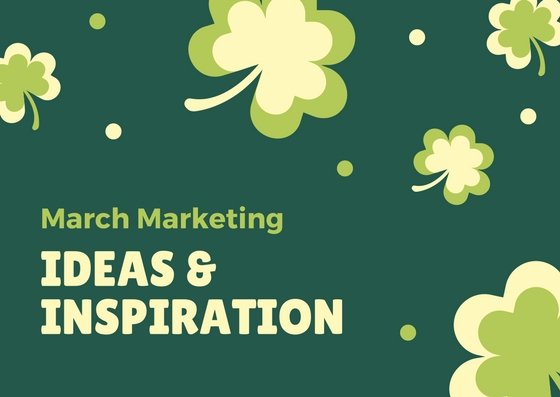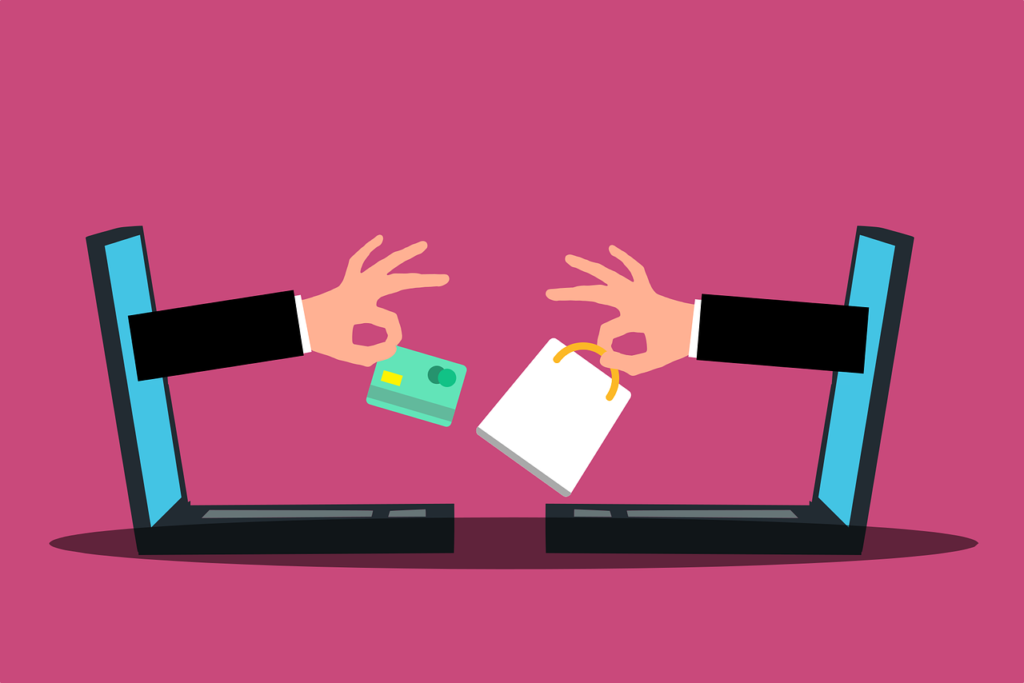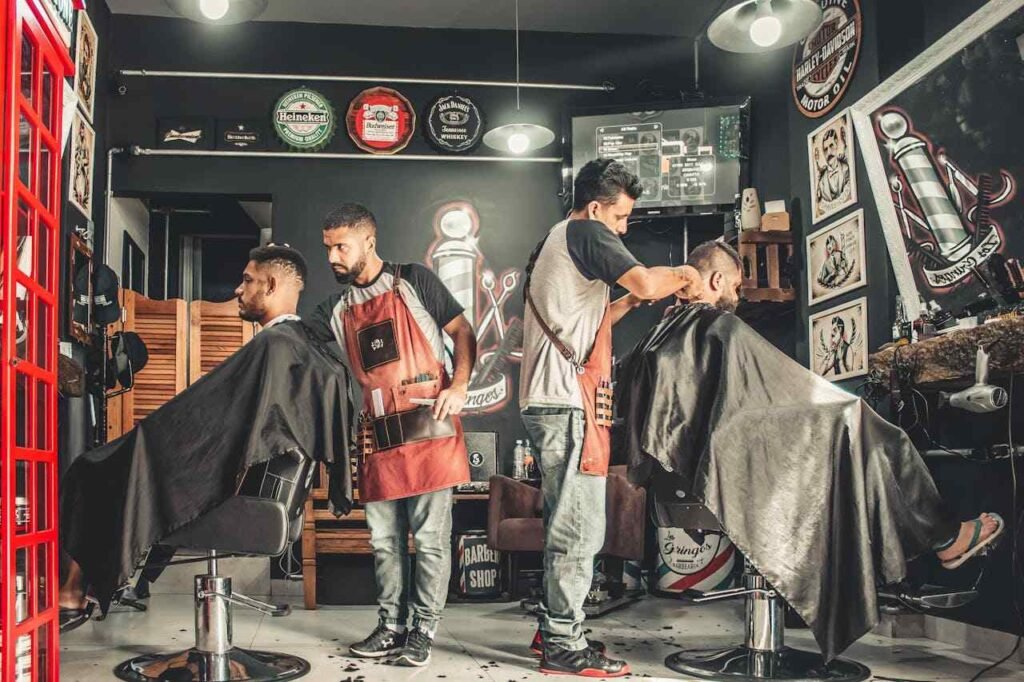Acquiring customers is the goal, but doing so efficiently is the challenge. The Customer Acquisition Cost (CAC) is a key metric every business must manage to maintain profitability while scaling. The lower your CAC, the more customers you can acquire with the same budget, making it essential to optimize your marketing funnel for efficiency.
A CAC-optimized funnel doesn’t just focus on volume—it prioritizes quality and sustainability. It’s about attracting high-intent prospects, guiding them seamlessly through the buying journey, and converting them into loyal customers without wasting resources. Let’s break down how to build a funnel that minimizes CAC while maximizing impact.
Step 1: Start with Audience Precision
Know Your Ideal Customer Profile (ICP)
A funnel optimized for CAC begins with a deep understanding of your audience. Casting a wide net may bring in more leads, but it often results in higher costs and lower-quality prospects. Instead, focus on targeting the people who are most likely to convert.
Start by defining your Ideal Customer Profile (ICP). This includes demographics, pain points, goals, and buying behaviors. For instance, if you’re a B2B SaaS company, your ICP might include mid-sized companies in the healthcare industry with a specific revenue range.
The clearer your ICP, the more focused your efforts will be, reducing wasted spend and improving lead quality.
Segment for Personalization
Audience segmentation takes precision one step further. Divide your audience into smaller, more specific groups based on factors like industry, behavior, or stage in the buying journey. This allows you to create tailored messaging that resonates more effectively.
For example, prospects in the awareness stage may respond well to educational content, while those in the decision stage might need case studies or product demos. By delivering the right message at the right time, you reduce friction and increase conversion rates, keeping your CAC low.
Segmentation isn’t just a tactic—it’s a strategy for efficiency.
Step 2: Optimize Top-of-Funnel Strategies
Focus on High-ROI Channels
Not all marketing channels are created equal, and some are far more efficient than others. Identify which channels drive the most high-quality traffic and concentrate your efforts there.
For example, if paid search campaigns consistently deliver leads with high intent, allocate more budget to those keywords. Conversely, if a particular social media channel generates low engagement, reconsider your investment in that platform.
By doubling down on high-performing channels, you maximize returns and reduce the cost of acquiring each lead.
Leverage Content Marketing
Content is one of the most cost-effective ways to attract and nurture leads. Create valuable, evergreen content that addresses your audience’s pain points and positions your brand as a trusted authority.
For instance, write detailed guides, create engaging videos, or publish thought-leadership articles. Optimize these assets for SEO to attract organic traffic over time, reducing your dependency on paid acquisition methods.
When done right, content marketing drives quality leads at a fraction of the cost of traditional advertising.
Step 3: Build a Seamless Middle-of-Funnel Experience
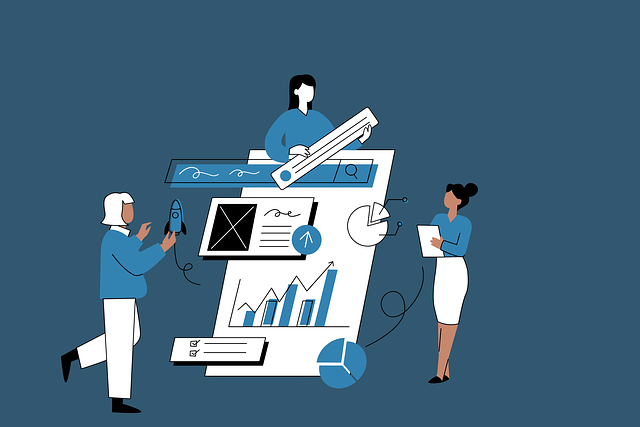
Nurture Leads with Intent-Driven Content
The middle of the funnel (MOFU) is where prospects evaluate their options. To keep them engaged and moving forward, provide content that addresses their specific needs and questions.
For example, send follow-up emails with case studies, comparison guides, or testimonials after a lead downloads a whitepaper or attends a webinar. The goal is to demonstrate how your solution solves their problem better than the competition.
By aligning your MOFU content with intent, you increase the likelihood of conversion while keeping nurturing costs low.
Automate to Scale Without Losing Personalization
Lead nurturing at scale can be resource-intensive, but automation tools like HubSpot or Marketo make it manageable. Use automated workflows to deliver personalized emails, reminders, or follow-ups based on a lead’s behavior.
For instance, if a prospect views your pricing page but doesn’t take action, trigger an email offering a demo or free trial. These automated touchpoints maintain engagement without requiring constant manual effort.
Automation allows you to scale your funnel while keeping CAC under control.
Step 4: Streamline the Bottom of the Funnel
Make the Path to Conversion Frictionless
At the bottom of the funnel (BOFU), prospects are ready to buy—but even minor obstacles can deter them. Simplify the conversion process by eliminating unnecessary steps and making your offers clear.
For example, ensure your checkout process is user-friendly, with minimal form fields and a straightforward layout. If you offer demos or consultations, make scheduling as easy as possible with tools like Calendly.
A smooth BOFU experience reduces drop-offs and ensures more prospects turn into customers, lowering your overall CAC.
Use Strong CTAs to Drive Action
The final step of the funnel is where your calls-to-action (CTAs) play a pivotal role. A well-crafted CTA can make the difference between a prospect converting or bouncing.
For instance, instead of a generic “Learn More” button, use action-oriented phrases like “Get Your Free Trial Now” or “Schedule a Consultation Today.” These CTAs create urgency and clearly convey the next step.
Strong CTAs close the gap between interest and action, driving conversions more efficiently.
Step 5: Measure and Refine Continuously
Track Funnel Metrics
A CAC-optimized funnel relies on data. Regularly monitor key metrics like conversion rates, lead quality, and time-to-close to identify bottlenecks and opportunities for improvement.
For example, if your MOFU conversion rate is low, examine whether your nurturing content aligns with audience needs. If BOFU performance lags, assess whether your CTAs are compelling enough.
Data-driven decisions ensure your funnel remains efficient and effective.
Test and Iterate
Optimization is an ongoing process. Continuously A/B test elements of your funnel, such as landing pages, email subject lines, or ad creatives. For instance, test different headlines to see which drives more sign-ups or experiment with varying lead magnet formats.
Each test provides valuable insights that refine your approach, further reducing CAC and driving better results at scale.
Step 6: Foster Long-Term Customer Relationships

Prioritize Retention to Offset CAC
Acquiring a customer is only the beginning. Retaining them ensures you maximize the value of your investment. Develop strategies to keep customers engaged and loyal, such as regular follow-ups, exclusive offers, or loyalty programs.
For example, a SaaS company might offer onboarding support and quarterly check-ins to ensure customers see value in the product. Happy customers are more likely to renew, reducing churn and offsetting acquisition costs.
Retention efforts amplify the ROI of your funnel by turning one-time buyers into long-term revenue sources.
Encourage Referrals for Organic Growth
Happy customers can be your best marketers. Encourage them to refer others by creating referral programs with incentives like discounts, credits, or free products.
For instance, offer existing customers a $20 credit for every new customer they refer. These word-of-mouth leads are typically more cost-effective and convert at higher rates, further optimizing your CAC.
Referrals create a virtuous cycle, driving growth without additional acquisition spend.
Step 7: Integrate Cross-Functional Teams for Funnel Efficiency
Align Sales and Marketing
A CAC-optimized funnel thrives when sales and marketing work in harmony. Misalignment between these two teams often leads to inefficiencies, such as unqualified leads being passed on to sales or sales not leveraging marketing materials effectively.
Start by defining shared goals. For instance, both teams can work toward improving lead-to-customer conversion rates or lowering the time it takes to close deals. Use regular meetings to exchange feedback. Marketing can share insights on campaigns generating high-quality leads, while sales can provide data on lead behaviors that indicate purchase intent.
When sales and marketing collaborate, the funnel becomes a unified journey, reducing wasted resources and ensuring a smoother path to acquisition.
Include Customer Success Teams Early
Customer success teams can provide valuable insights for optimizing your funnel. They have firsthand knowledge of what keeps customers engaged post-purchase, which can inform your strategies for retention and upselling.
For example, if customer success frequently hears feedback about a specific feature being a game-changer, marketing can highlight that feature in MOFU or BOFU campaigns. Similarly, sales can use this information to address objections during their pitches.
Integrating customer success early ensures that your funnel focuses not just on acquisition but on building long-term value.
Step 8: Leverage Data for Smarter Retargeting
Retarget Warm Leads to Boost Conversions
Not every lead converts on their first interaction, but that doesn’t mean they’re lost. Retargeting is a cost-effective way to re-engage warm leads and move them further down the funnel.
For instance, use retargeting ads to reach people who visited your pricing page but didn’t complete a purchase. Offer an incentive, such as a discount or free consultation, to nudge them toward conversion. Platforms like Google Ads and Facebook Ads Manager make it easy to set up retargeting campaigns based on specific behaviors.
Retargeting keeps your brand top-of-mind for high-intent prospects, ensuring that no opportunity is wasted.
Use Behavioral Data for Personalization
Analyze behavioral data to tailor your retargeting efforts. For example, if a prospect downloaded a guide about reducing costs, retarget them with an email or ad showcasing how your product or service helps achieve that goal.
Behavioral data adds context to your outreach, making it feel relevant and personalized. Prospects are more likely to engage when they feel your message speaks directly to their needs.
Data-driven retargeting doesn’t just improve conversions—it enhances the overall efficiency of your funnel.

Related: Check out our free tools:

Step 9: Invest in Scalable Technologies
Use CRM Tools to Streamline Operations
A robust CRM is essential for managing a CAC-optimized funnel. Tools like Salesforce, HubSpot, or Zoho allow you to track leads, automate nurturing workflows, and measure performance across the funnel.
For instance, use your CRM to segment leads based on their interactions with your website or emails. Automatically assign high-scoring leads to sales reps for immediate follow-up, while nurturing lower-scoring leads with automated content.
A well-implemented CRM eliminates manual inefficiencies, ensuring your funnel operates smoothly at scale.
Implement Predictive Analytics
Predictive analytics tools can forecast which leads are most likely to convert, helping you prioritize resources more effectively. For example, platforms like Leadspace or MadKudu analyze historical data to score leads based on their likelihood of becoming customers.
By focusing your efforts on high-probability leads, you reduce time spent on unqualified prospects, optimizing your CAC in the process.
Predictive analytics takes the guesswork out of decision-making, allowing you to invest in strategies with the highest ROI.
Step 10: Monitor the Full Funnel Lifecycle
Assess the Entire Customer Journey
To truly optimize your funnel, you need a holistic view of the entire customer journey—from the first touchpoint to post-purchase interactions. Map out each stage and identify potential bottlenecks or drop-off points.
For example, if many leads abandon your demo request form, consider simplifying the form or offering alternatives like video demos. If churn rates are high post-purchase, reassess how well your onboarding materials address customer needs.
A lifecycle approach ensures your funnel doesn’t just focus on acquisition but creates lasting value.
Regularly Audit Funnel Performance
Conduct regular audits to measure how each stage of your funnel contributes to overall efficiency. Track metrics like cost-per-lead, lead-to-customer conversion rates, and customer lifetime value (CLV) to evaluate performance.
For instance, if MOFU costs are high but conversions are low, experiment with new nurturing strategies or reevaluate your segmentation criteria. Continuous audits ensure your funnel evolves with market changes and audience expectations.
Auditing isn’t just about fixing problems—it’s about uncovering opportunities for growth.
Step 11: Maximize the Impact of Upselling and Cross-Selling
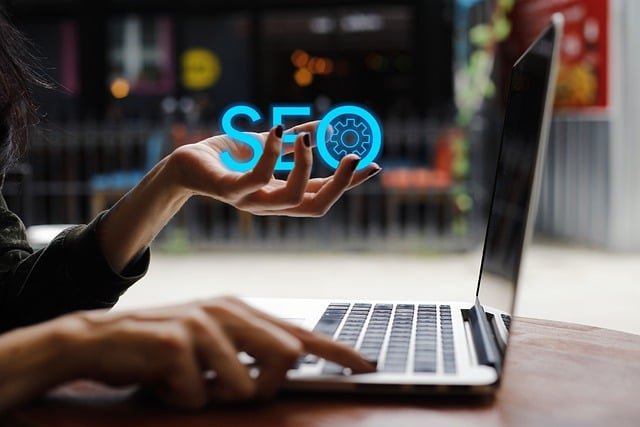
Nurture Existing Customers for Additional Revenue
Acquiring new customers is important, but maximizing revenue from existing ones is equally critical for reducing CAC. Implement upselling and cross-selling strategies to boost customer lifetime value.
For example, if you’re a SaaS company, offer premium features or add-ons to existing users based on their usage patterns. If you’re an e-commerce brand, recommend complementary products post-purchase.
Upselling and cross-selling generate additional revenue without incurring new acquisition costs, improving the overall efficiency of your funnel.
Use Personalized Recommendations
Leverage data to personalize your upselling and cross-selling efforts. For instance, use purchase history or behavioral data to recommend products or services that align with a customer’s preferences.
Personalized recommendations feel relevant and increase the likelihood of additional purchases, further reducing CAC through higher revenue per customer.
Step 12: Focus on Community Building for Organic Growth
Turn Customers into Advocates
Satisfied customers can be powerful advocates for your brand. Encourage them to share their positive experiences through reviews, testimonials, or social media posts.
For example, incentivize reviews with discounts or run contests encouraging customers to showcase how they use your product. These organic endorsements often drive high-quality referrals at no additional acquisition cost.
Building a community around your brand creates a network of loyal customers who amplify your message for free.
Foster Engagement Through Content and Events
Host webinars, Q&A sessions, or community forums to keep your audience engaged. These interactions not only deepen customer relationships but also position your brand as a trusted authority.
For instance, a monthly webinar addressing common industry challenges can attract both current customers and prospects, driving organic growth while nurturing existing relationships.
Community engagement ensures your funnel is fueled by both inbound interest and sustained customer loyalty.
Step 13: Embrace Scalability Through Partnerships and Collaborations
Leverage Strategic Partnerships
Collaborating with complementary businesses can help you expand your reach and acquire customers more efficiently. Partnerships allow you to tap into an existing audience that aligns with your ideal customer profile without investing heavily in direct acquisition efforts.
For example, if you’re a fitness app, partner with a nutrition brand to create co-branded content or bundled offers. These collaborations not only attract quality leads but also build credibility through association with trusted brands.
Strategic partnerships expand your funnel’s top-of-funnel reach while keeping CAC manageable.
Co-Create Value with Affiliates
Affiliate programs are another cost-effective way to drive quality traffic and conversions. By incentivizing affiliates with commissions, you only pay for results, making it a performance-driven strategy.
For instance, collaborate with industry bloggers or influencers who can authentically promote your product to their engaged audience. Provide them with resources like promotional codes or banners to simplify their efforts.
Affiliates act as extensions of your marketing team, helping you scale acquisition without upfront costs.
Step 14: Future-Proof Your Funnel with Predictive Strategies
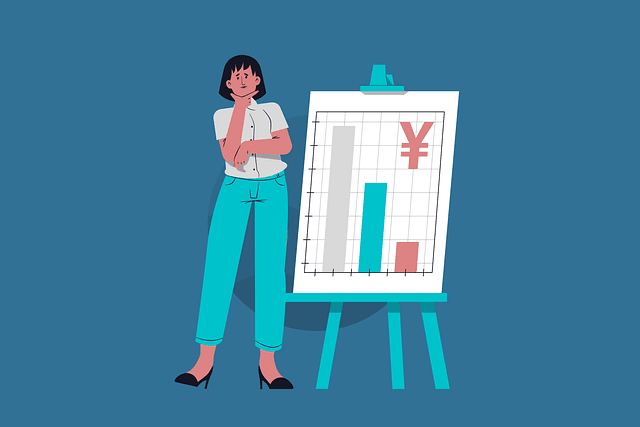
Anticipate Market Trends
Staying ahead of market trends ensures your funnel remains relevant and efficient. Use tools like Google Trends, industry reports, and customer feedback to anticipate shifts in behavior or preferences.
For example, if you notice increased interest in sustainable products, incorporate eco-friendly messaging into your campaigns or highlight sustainable practices in your product development. Being proactive allows you to align your funnel with emerging demand, attracting quality leads at lower costs.
Anticipating trends positions your funnel for long-term success.
Test New Technologies
Technology evolves rapidly, and embracing innovation can make your funnel more efficient. Experiment with AI-driven tools for lead scoring, chatbots for instant customer support, or augmented reality for interactive product demonstrations.
For instance, an AI-powered chatbot on your website can engage visitors instantly, answer their questions, and guide them toward conversion. This reduces friction and ensures you capture high-intent leads at minimal cost.
Integrating new technologies enhances your funnel’s performance, reducing CAC while improving the customer experience.
Step 15: Build a Culture of Continuous Learning
Empower Your Teams with Training
Your funnel’s efficiency depends on the people behind it. Invest in ongoing training for your sales, marketing, and customer success teams to ensure they’re equipped with the latest skills and strategies.
For example, provide workshops on data analytics, customer engagement, or advanced sales techniques. The more knowledgeable your teams are, the better they’ll execute each stage of the funnel.
Continuous learning fosters a culture of excellence, driving efficiency across your entire customer journey.
Share Learnings Across Departments
Break down silos between teams by encouraging knowledge sharing. For instance, marketing can share insights from A/B tests, while sales can highlight recurring customer objections. These shared learnings enable each team to refine their approach and contribute to a more optimized funnel.
Regular cross-departmental meetings or collaborative tools like Slack channels can facilitate this exchange, ensuring everyone is aligned and informed.
When teams work together, your funnel operates as a cohesive system, reducing CAC while driving better outcomes.
Step 16: Maintain Agility to Adapt Quickly
React to Performance Metrics in Real Time
A CAC-optimized funnel requires constant monitoring and quick adjustments. Use real-time analytics to identify underperforming areas and take immediate action.
For example, if a particular ad campaign isn’t delivering quality leads, pause it and reallocate your budget to higher-performing channels. Similarly, if a landing page has a high bounce rate, test different headlines, visuals, or layouts to improve engagement.
Agility ensures that inefficiencies are addressed before they escalate, keeping your funnel lean and effective.
Iterate Based on Feedback
Customer feedback is a goldmine for improvement. Whether it’s through surveys, reviews, or direct interactions, use this input to fine-tune your funnel. For instance, if customers mention that your onboarding process feels overwhelming, simplify it to reduce drop-offs and improve retention.
Feedback-driven iterations not only enhance your funnel but also strengthen customer relationships, leading to higher lifetime value and lower acquisition costs.
Listening to your audience is the key to building a funnel that evolves with their needs.
Conclusion: Efficiency at the Heart of Your Funnel
Building a CAC-optimized funnel isn’t about cutting corners—it’s about working smarter. By understanding your audience, refining each stage of the funnel, and leveraging data to make informed decisions, you can acquire customers at scale without inflating your costs.
The key lies in balancing quality with efficiency. Focus on attracting the right prospects, nurturing them with intent-driven strategies, and delivering a seamless conversion experience. Over time, these tactics compound, creating a high-performing funnel that drives sustainable growth.
Start implementing these strategies today, and watch as your CAC decreases while your results skyrocket. Your funnel is more than a path to acquisition—it’s the foundation of a scalable, profitable business.
READ NEXT:
- Are Vanity Metrics Killing Your Marketing Efficiency? Here’s What to Track Instead
- Pinpointing Digital Marketing ROI: Why Your Metrics Aren’t Telling the Full Story
- Unlocking Real ROI in Digital Marketing: The Hidden Costs Draining Your Budget
- How Misaligned Marketing Funnels Are Blocking Your ROI Potential
- Best Digital Marketing Agency In Santa Ana, California
- Best Digital Marketing Agency In San Francisco, California









